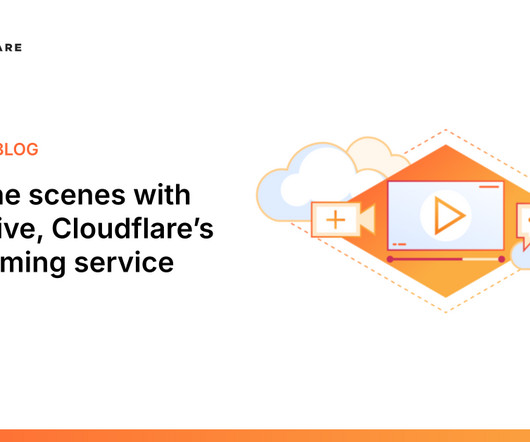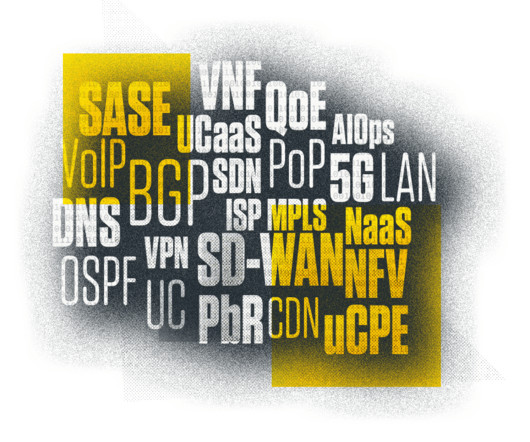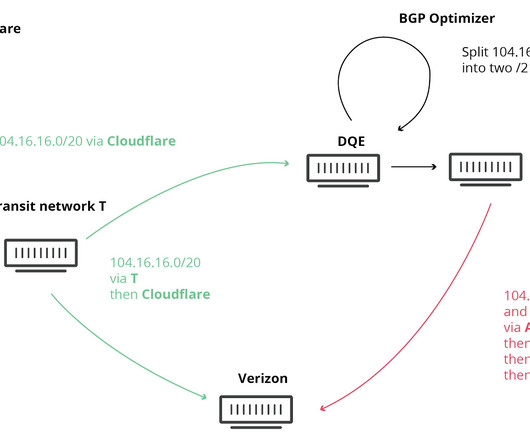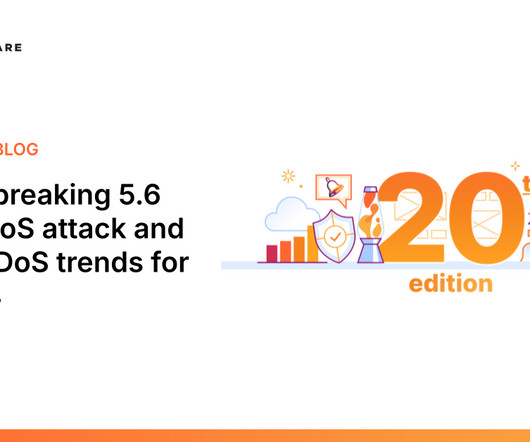Multi-Path TCP: revolutionizing connectivity, one path at a time
CloudFaire
JANUARY 3, 2025
It's a major extension to the TCP protocol, and historically most of the TCP changes failed to gain traction. Typically, Linux is used on the server side, and iOS/macOS as the client. Linux as a server Conceptually, the MPTCP design is pretty sensible. Typically, the server allows the client to reuse the server IP/port address.




















Let's personalize your content